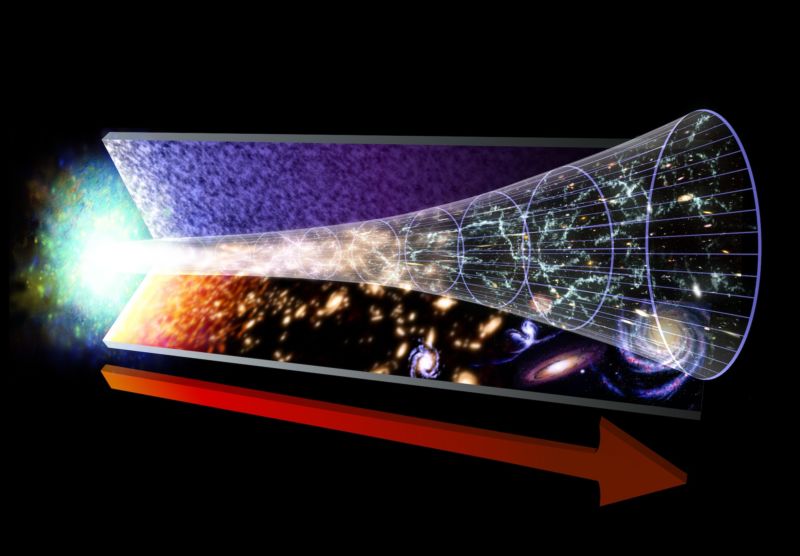Nobel in physics is a two-fer: Big Bang and exoplanets

Today's Nobel Prize in physics was evenly split between two discoveries and, thus, unevenly split among the three honored. Typically when this happens, the two discoveries are at least somewhat related; that doesn't seem to be the case here, as the Prize Committee has recognized James Peebles for his contributions to theoretical cosmology and Michel Mayor and Didier Queloz for the first clear discovery of an exoplanet orbiting a main sequence star.
The physics of the Big BangIt's hard to find anything related to our current understanding of the Big Bang that doesn't have Peebles' fingerprints on it. He was at Princeton University (where he remains) when Arnold Penzias and Robert Wilson at nearby Bell Labs had identified the cosmic microwave background (CMB) that was produced in the aftermath of the Big Bang. Not fully aware of the importance of their discovery, Penzias and Wilson talked to the scientists at Princeton. As a result, Peebles was on a paper that described the theoretical underpinnings of the CMB published in the same issue as the write-up describing the CMB's discovery.
Peebles immediately went to work trying to understand the physics underlying different aspects of the Big Bang, showing how temperature and matter density influenced the production of helium in the Universe's earliest moments. Not being satisfied with that, he started considering how these conditions could influence the production of the Universe's first galaxies.
Read 9 remaining paragraphs | Comments